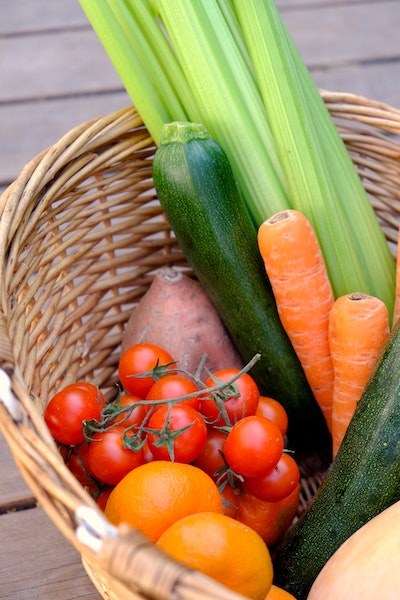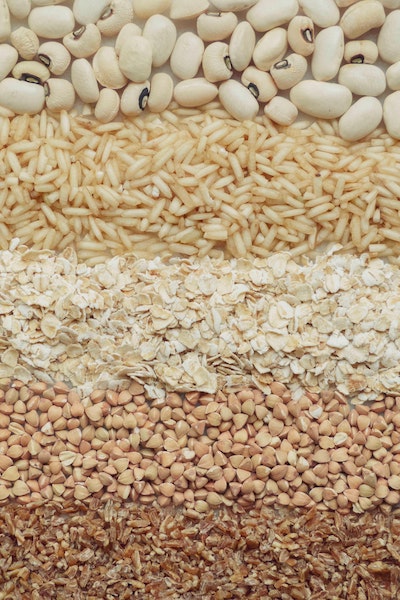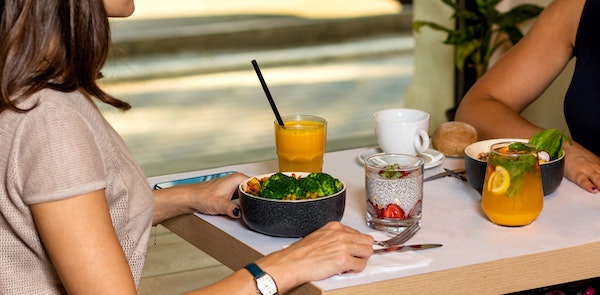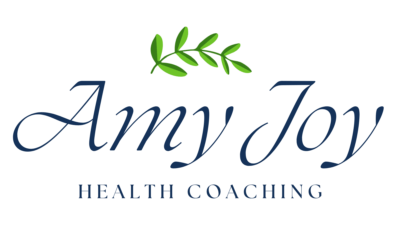If you’re wondering what the difference is between a vegan vs whole food, plant-based (WFPB) diet, here we’ll show you the key similarities and differences.
The two terms are often used interchangeably. For example, when I’m at a restaurant, I will ask for a vegan menu or if there are any vegan items on the menu, simply because vegan is a more common term. Most people know what you want when you say ‘vegan’ as opposed to ‘WFPB’.

But there are some differences between the two ways of eating, and we’ll cover them here so that you can be fully informed when the two terms are used.
What’s the difference between vegan vs WFPB diets?
vegan lifestyle
The vegan lifestyle excludes all animal products. That means no eating animal products (meat, poultry, fish, dairy, eggs, honey) and no wearing or using animal products (wool, leather, sometimes silk).

The primary reason for adopting a vegan lifestyle is usually based on the underlying concern for the ethical treatment of animals and/or concern for the sustainability of our planet.

While vegans do not eat animal products, the list of what can be eaten is long and varied, with each individual having their own potential restrictions. But overall, refined sugar, wheat/gluten and processed foods are eaten regularly by many.
You may have heard the term “junk food vegan” since some vegan approaches include processed foods that are technically vegan such as cookies (yes, Oreos are vegan!), fried foods and other potentially unhealthy choices.
whole food, plant-based (WFPB) lifestyle
Whole food, plant-based eating, while similar to vegan in many ways, differs in a few key areas. Similar to a vegan diet, WFPB avoids eating all animal products including meat, poultry, fish, dairy and eggs. Wearing and using animal products is generally OK, unless an individual makes a personal choice to avoid these.
However, the root of WFPB is not necessarily based on the treatment of animals or the environment. Of course, ethical treatment of animals and environmental sustainability are important outcomes and are supported and encouraged by people who adopt a WFPB lifestyle.


WFPB eating is primarily about personal health and wellbeing. A WFPB diet has been shown, through repeated research studies, to help prevent and reverse chronic diseases such as cancers, heart disease, diabetes and obesity.
At the heart of the WFBP lifestyle is eating clean, whole, plant-based foods, and avoiding processed foods and animal-based foods. The majority of daily food intake comes from unprocessed plant sources, including vegetables, fruit, grains, legumes (lentils, beans), nuts and seeds.
Processed foods (like Oreos, vegetable oils and refined sugars) are generally not part of a WFPB diet. Frequently, even healthy oils and fats such as olive oil, avocados and nuts are limited. However, if you’re not primarily focused on reversing heart disease, such healthy oils are allowed in moderation.
For more information on the cancer-fighting benefits of whole food, plant-based eating, read my blog post “How Nutrition Can Fight Cancer“.

What about vegetarian diets?
Somewhere between vegan/WFPB and the Standard American Diet are vegetarian diets. Eating vegetarian eliminates meat, poultry and fish, but not dairy and eggs. A pescatarian diet is similar to a vegetarian diet, and includes eating fish and shellfish, dairy and eggs, but avoiding meat and poultry.
Many people move toward a WFPB lifestyle by transitioning to vegetarian or pescatarian diets first, then to WFPB. Eliminating meat first, then dairy and eggs, then fish, can be helpful in switching to WFPB, rather than doing it all at once.
The WFPB spectrum is long and varied and you may be at one end or the other, or somewhere in between. You may also vary how you eat slightly from day to day, week to week, or season to season.
WFPB eating isn’t a ‘one size fits all’ prescriptive diet.
Do the best you can to incorporate more vegetables, fruit, legumes and nuts into your daily routine. Just keep moving forward, and assess how you’re feeling and what’s working or not working for you.
Put some small changes in place and then reassess and adjust as needed.
This is a path to wellness, not a sprint.
Your turn: What questions do you have about the different ways of eating? What challenges are you facing in eating more healthful foods?
equip | encourage | engage
Let’s do this!!
Amy Marette xx







